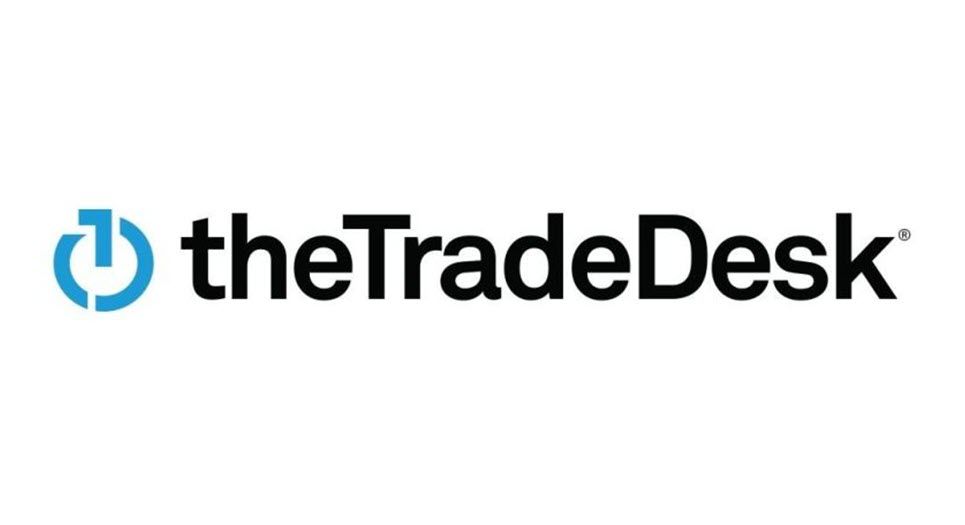Advertisers Shifting Ad Dollars to CTV: Trade Desk Study
27% of households plan to cut cable cord in 2021

Advertisers see connected TV as their top choice when it comes to shifting TV budgets, and CTV now represents 18% of spending, according to a new survey from The Trade Desk.
In a separate study, the Trade Desk found that 27% of households plan to cut the cord on their cable subscriptions in 2021.
The Trade Desk’s advertising study, conducted by Advertiser Perceptions, found that 59% of linear TV buyers said they were making fewer upfront commitments in 2021, with ad dollars moving from traditional TV programming to CTV.
At the same time, marketers are looking to hire people more familiar with CTV, including researchers and buyers. More than half of the companies participating in the survey said they plan to take steps to ensure their current TV ad buying teams can navigate both linear and CTV channels.
“The TV ad business is at a tipping point. Advertisers can reach more households via CTV than via traditional linear TV for the first time. That trend is not reversing,” said Tim Sims, chief revenue officer at The Trade Desk. “Digitally savvy advertisers recognize the advantages of CTV advertising, including precision measurement, an audience versus content focus, and the ability to apply data to all aspects of their TV campaigns. Many are embracing these opportunities, and that also means transforming some of the industry norms, including how we think about skills and ad-buying processes such as the upfronts.”
In the Trade Desk’s cord-cutting study, conducted by YouGov, the 27% of respondents who said they plan to get rid of cable compares to 15% a year ago.
The survey found that streaming now accounts for 68% of TV viewing versus 28% for traditional TV.
The smarter way to stay on top of broadcasting and cable industry. Sign up below
Only30% of U.S. consumers pointed to live sports as a reason to keep cable, down from 60% a year ago who cited live programming, including sports, as the motivation for staying a subscriber.
The availability of ad supported streaming services is cutting into consumer tolerance for paying for subscription video. According to the study, 51% of U.S. consumers are unwilling to spend more than $20 a month total on streaming subscriptions. They are five time more likely to prefer free or low-cost streaming with ads over higher-priced ad-free services.
“COVID has accelerated cord-cutting trends that were already underway, to a point where less than 50% of U.S. households today have a cable subscription. It’s not because U.S. consumers have fallen out of love with TV, but that there are now more convenient ways of consuming it. That even applies to traditional cable mainstays, such as live sports,” said Sims. “As more broadcasters launch and expand their streaming services, these gaps are only going to widen.”
The Trade Desk’s YouGov study had a sample size of 2,105 adults and was conducted between Dec. 4 and Dec. 8.
Advertiser Perceptions’ study had 150 TV advertising planning and buying decision makers with an annual ad budget of more $5 million an up answering online survey from Nov. 18 to Nov. 30.
Jon has been business editor of Broadcasting+Cable since 2010. He focuses on revenue-generating activities, including advertising and distribution, as well as executive intrigue and merger and acquisition activity. Just about any story is fair game, if a dollar sign can make its way into the article. Before B+C, Jon covered the industry for TVWeek, Cable World, Electronic Media, Advertising Age and The New York Post. A native New Yorker, Jon is hiding in plain sight in the suburbs of Chicago.

